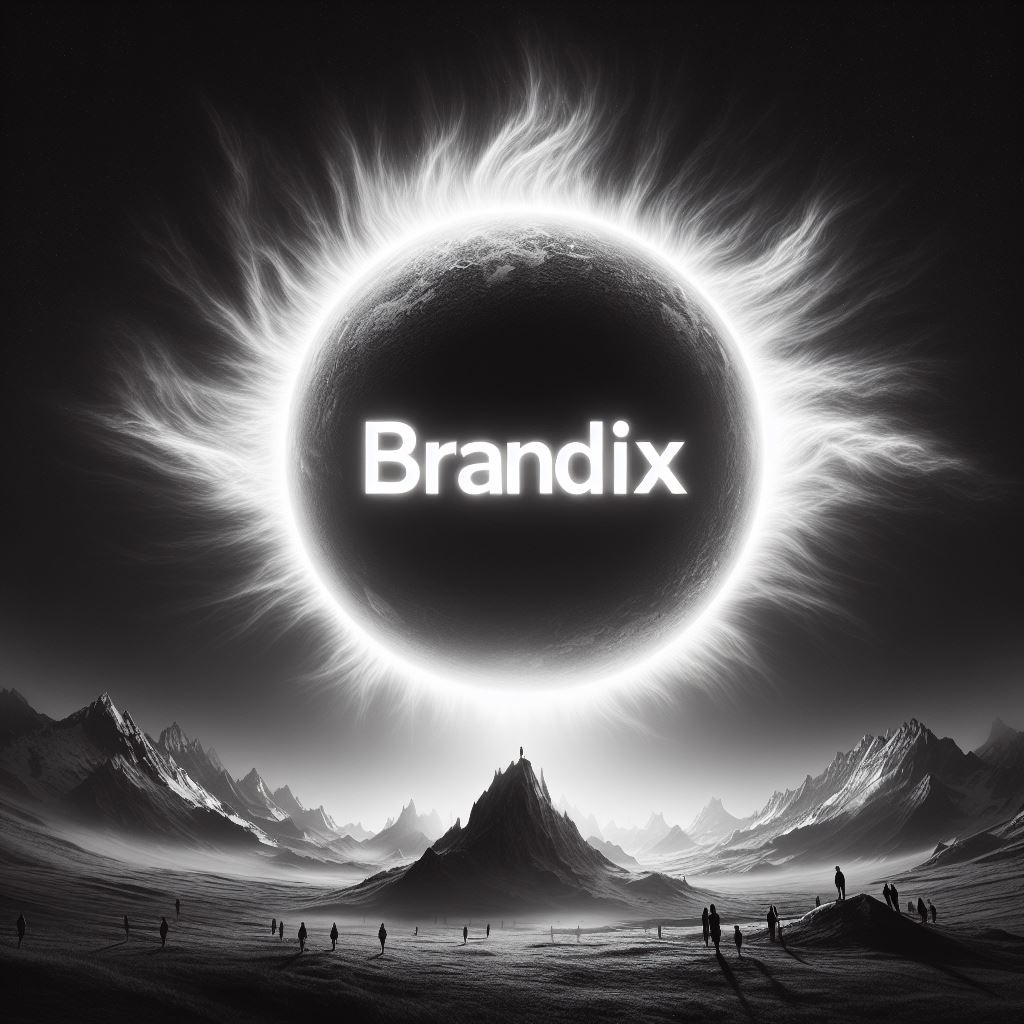Love at First Pill? How the Halo Effect Transforms Corporate Branding – Brand Management 23

Have you heard about the halo? In common parlance halo has two meanings.
In astronomy, a halo refers to a luminous ring or disk of light surrounding a celestial body, such as the halo around the Sun or Moon caused by the refraction and reflection of sunlight or moonlight through ice crystals or water droplets in the Earth’s atmosphere.
In religion, a halo, also known as a nimbus, is a radiant circle or disk surrounding the head of a holy person or deity in religious art. It symbolizes divine presence, holiness, or enlightenment.
Al Ries (of Brand Positioning fame) describes the Halo Effect in branding as “the bias shown by customers toward certain products because of a favourable experience with other products made by the same manufacturer or maker. The halo effect is a concept driven by Brand Equity.”
How does the concept of a ‘Corporate Halo’ influence pharmaceutical branding? Explore this through illustrative examples.
Before the 1980s, Indian companies did not possess the Corporate Brand Equity they do today. Initially, tinidazole, an amoebicidal drug, struggled to gain traction among doctors. However, with Pfizer’s introduction of Fasigyn, everything shifted, propelling tinidazole to dominate the market?
Why do many patients feel that Crocin provide superior relief from fever and headache compared to Nainacin, a paracetamol product from Naina Pharmaceuticals of Baddi? Because Crocin comes from the renowned House of GSK!”
This phenomenon epitomizes the ‘Halo Effect’ prevalent in corporate dynamics. Pfizer and GSK radiate a profound halo of credibility. Whether it originates from GSK, Pfizer, Torrent, or Dr. Reddy’s, the brand is perceived as reliable and consequently efficacious. Presently, any CNS product introduced by Sun Pharma experiences unprecedented success, buoyed by Sun Pharma’s robust reputation in the CNS sector – a testament to the power of the Halo Effect.
Brands often ride piggyback on the glow of this Corporate Halo. There is nothing wrong in this tactic.
In cultivating the Halo Effect, corporate branding emerges as indispensable. Establishing this aura is pivotal within the pharmaceutical sector. Esteemed physicians, particularly Key Opinion Leaders, heavily lean on a company’s brand equity when determining their prescription choices. This holds especially true in critical, life-saving scenarios or when recommending treatments for their loved ones. Additionally, prominent doctors factor in their own professional reputation within their peer circles when selecting a specific brand.
Pharmaceutical companies in India have predominantly adopted the ‘House of Brands’ strategy, channeling resources primarily into fortifying the brand equity of their individual product lines.
In the 1990s, Torrent Pharma invested heavily in corporate branding. For nearly three years, they ran a high-profile newspaper campaign that raised social awareness of common diseases. These impactful ads, featuring a distinctive bright yellow design, assured both doctors and patients that Torrent’s brands originated from a reputable source.
This strategic campaign successfully boosted Torrent Pharma’s brand equity. Doctors’
can help drive it even through difficult times.
You can leverage your strong corporate brand to strengthen the product brand. A doctor will attach higher credibility to your new product if your company has a very strong corporate brand perceptions of the company became overwhelmingly positive, propelling Torrent Pharma to a No. 5 ranking in ORG (now IMS).
Corporate Branding vs. Product Branding
Says V.A. Benge, a brand analyst: “Corporate branding involves marketing various products or services under the name of a company. Product branding, on the other hand, is a marketing strategy wherein a business promotes and markets an individual product without the company name being front and centre in the advertising campaigns or even on the product labelling.”
Pharma India can be much better off tightening the association between the corporate and product brands.
The “Journal of Marketing” published by the American Marketing Association, describes the labelling of individual products as “stand-alone” for a separate brand name, “monolithic” when using just the corporate brand name, and “endorsed” or “dual” when using both a brand name for the product along with the corporate brand.
Companies promoting multiple products can leverage endorsements for specific items while using a standalone strategy for others. Alternatively, they might choose a purely corporate brand approach for all their offerings.
A strong corporate brand fosters trust and loyalty, creating a positive foundation for building successful product brands.
Can a product brand contribute to building the corporate brand? Absolutely!
Virtually unknown in the early 1990s Indian pharmaceutical market, Intas launched Ciza (cisapride) in August 1992. The phenomenal success of Ciza, becoming a Top 25 brand within two years, completely transformed Intas’ image.
Intas Pharma capitalized on the robust product brand image of Ciza by making substantial investments in product packaging development. In 1994, Intas pioneered the introduction of chronic products in ‘double aluminium strip packs’, commonly known as Alu-Alu Packs. The implementation of more innovative packaging designs propelled Brand Intas to new heights, solidifying its position as a prominent player in the pharmaceutical industry in India.
The halo effect remains a powerful force in Indian pharmaceuticals, as brand equity heavily influences doctors’ prescribing decisions. The Halo Effect is needed for Pharma India across the world as doctors and patients rely heavily on brand equity before they prescribe a product.